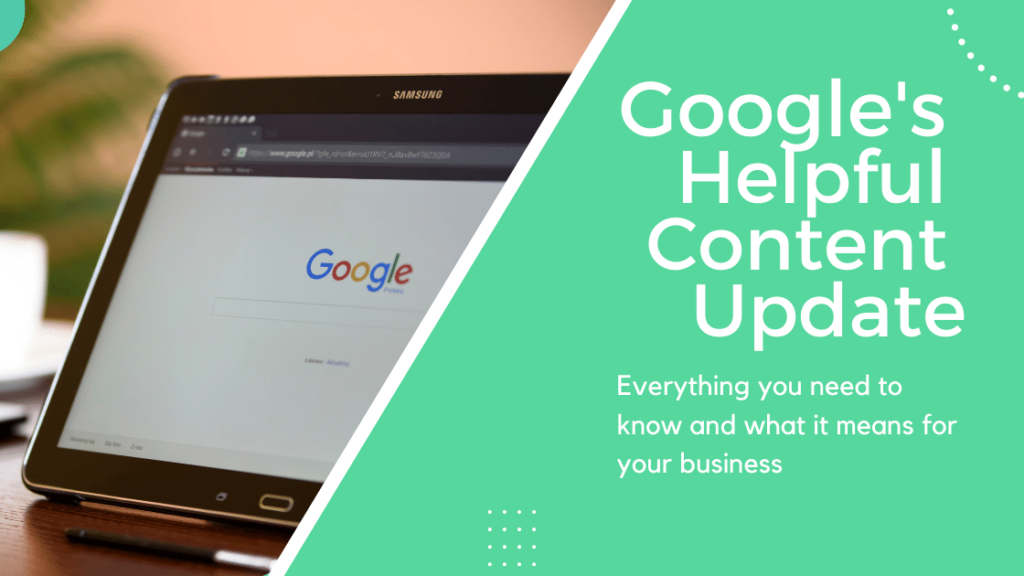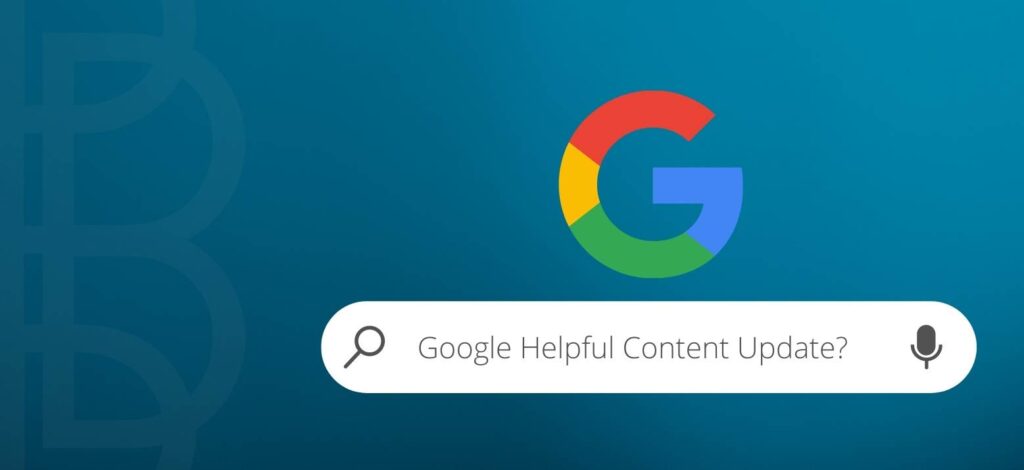
In the ever-evolving world of SEO, Google’s updates continually shape how content performs. Recently, the Google Helpful Content Update has shifted attention heavily toward genuinely useful content designed for real readers, not just search engines. At DigiSwarm, we advise content creators to embrace this change wholeheartedly, moving beyond keyword manipulation into the realm of purposeful storytelling and user benefit.
This update challenges bloggers to reflect deeply on why they produce each article. Are you writing to fill a keyword quota, or are you truly answering questions your audience cares about? The Google Helpful Content Update rewards the latter, giving priority to content that offers insight, clarity, and utility, with real expertise and comprehensiveness.
As this update rolls out, bloggers face both opportunity and obligation. Delivering meaningful content with clear value and thoughtful structure isn’t optional anymore—it’s the new standard. Succeeding in this environment means aligning your voice, visuals, and verifiable knowledge with the needs of your readers, while understanding what Google counts as helpful.
The Purpose Behind the Update
Google’s goal with this change is simple: reduce low-quality, SEO-driven content that ranks well but disappoints readers. Instead, they want elevation of content that genuinely helps people solve problems, follow procedures, gain insight, or learn effectively. Articles overly packed with affiliate links, duplicate info, or fluff now risk being downranked.
Bloggers who share original ideas, unique anecdotes, expert commentary, or first-hand tips will gain traction. The Google Helpful Content Update is fundamentally a quality filter: good content for people is good performance for search engines.
What Qualifies as “Helpful” Content?
To meet the standards of the Google Helpful Content Update, a blog post should:
-
Reflect authentic expertise or experience
-
Directly answer search queries as they are asked
-
Provide comprehensive insight—more than just a generic summary
-
Include visual aids, real examples, or relevant tools
-
Be clearly structured so readers can extract value at a glance
-
Avoid overt promotion or recycled info that adds no new value
Successful blogs under this update often read like guides, supported by evidence and real-world illustration, rather than keyword-rich dross.

How Bloggers Can Adapt Their Strategy
Adjusting strategy doesn’t mean rewriting everything; it’s about refinement. Begin with a content audit: assess which posts are truly unique versus those that rehash others’ words. Prioritize updating evergreen content where you can infuse your own knowledge, Google’s helpful content update, restructure to improve readability, and add genuine insight.
Use subheadings that match typical search queries; this improves scannability and signals user relevancy to Google. Rewrite intros to clarify what value the article offers. When integrating external research, link to reputable sources like Google’s own Search Central documentation to reinforce credibility: see www.google.com/search/quality for core updates guidance.
Long posts should be broken into subtopics that answer specific user questions. This helps align each passage with intent, reflecting the page’s purposeful depth.
Long-Term Benefits of Helpful Content
While the shift requires work, the payoff is lasting. Genuine content builds reader trust, which reduces bounce rates and improves engagement metrics—the very signals Google uses to recognize helpful content. Such articles are more likely to earn organic backlinks and earn real social shares, both of which boost SEO Google’s helpful content update.
Bloggers who focus on depth and user satisfaction also establish authority in their niche, opening up monetization opportunities like sponsored content, speaking invites, or collaborations.
Handling Traffic Drops from the Update
Aligning with the Google Helpful Content Update requires a sustainable approach. At DigiSwarm, we recommend:
-
Conduct quarterly content audits focused on user-first value
-
Include a “value checklist” before publishing—does the post help a real user, offer new insight, cite real sources?
-
Use structured formatting: headings, bullet examples, bolded key takeaways
-
Keep topical freshness through updates and additional data
-
Track performance via metrics like time-on-page, scroll depth, and organic CTR
By making helpfulness part of the process, not just the outcome, bloggers can stay ahead of future updates.
Conclusion: The Genuine Path to Visibility
The Google Helpful Content Update marks a turning point for content creators, as search algorithms increasingly mimic human values, the best content will be the content that truly helps people. Keyword-stuffed filler has had its day, and bloggers who invest in depth, clarity, and voice will be the ones to thrive.
At DigiSwarm, we support bloggers and publishers in crafting people-first content that satisfies users and search engines alike. For those looking to elevate content quality and visibility through proven expertise and strategy—and to partner with the best digital marketing agency in Dehradun—DigiSwarm offers full-suite guidance around this transition.

